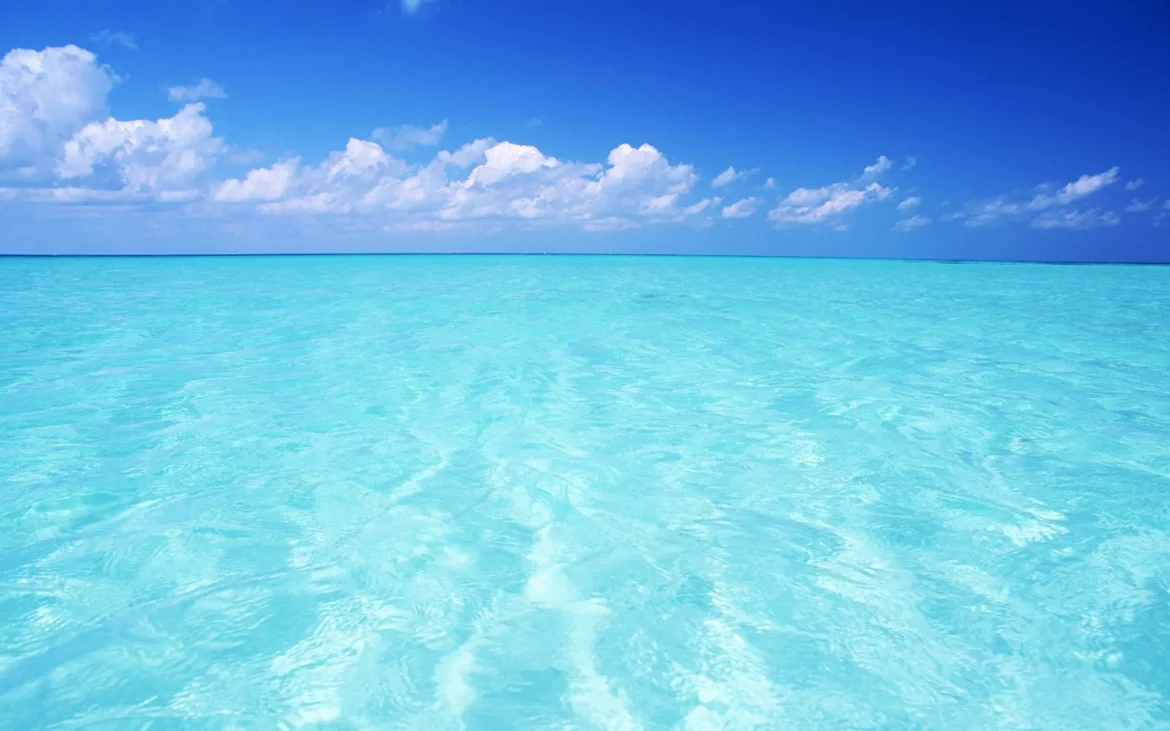In the next century, satellites will watch as the blues and greens of the ocean intensify. The color of deep blue oceans, shallow turquoise waters and emerald green coasts is changing rapidly as the planet warms, according to new research published in the journal Nature.
Analyzing 20 years of satellite data, the study authors found that more than half of the world’s ocean, 56 percent, is experiencing color change. The reason. Because of changes in the density and distribution of plankton. These tiny organisms contain chlorophyll, the bright green pigment that helps plants produce nutrients from sunlight.
The latest study supports a similar prediction made by a Nature journal study published in 2019 that modeled how phytoplankton will change as oceans continue to warm. While the new study used satellites to detect subtle changes in color, the previous research predicted significant changes by 2100 if the world continues to warm at its current rate. According to this study, in a “business as usual” scenario in which greenhouse gas emissions continue unabated, the bluest subtropical regions of the ocean will become bluer, and greener regions along the equator and poles will become greener. According to the authors of the 2019 study, the changing color is more than a quirk, it is a warning sign of serious global changes to come in a world warmed by climate change.

How does the ocean get its color?
Sunlight penetrates 600 feet below the ocean surface. Anything deeper is blessed in darkness. On top of that, most water molecules have the ability to absorb all colors except blue, so blue is reflected. Organic matter covering the surface of the ocean, such as phytoplankton, changes this color. As the ocean warms, currents become more irregular and the layers in the water become more stratified, meaning that warm regions do not mix as easily with cold regions. There are thousands of species of phytoplankton that are uniquely adapted to warm or cold water. As the oceans continue to warm, some species may die, some thrive and others migrate to different regions. But just looking at chlorophyll doesn’t tell scientists how a warming climate is changing phytoplankton. Naturally occurring events such as El Niños and La Niñas (two contrasting climate patterns) can affect how much phytoplankton is concentrated in a given area.
Climate 101: Oceans
Stephanie Dutkiewicz, both an author of the papers and a marine ecologist at the Massachusetts Institute of Technology, said in 2019 that the models were used to predict future changes in color-factor phytoplankton life cycles and movements toward naturally occurring ocean patterns. The 2023 study revealed that many of these predicted changes have already occurred. Using light-measuring instruments on NASA satellites, scientists observed that more than half of the ocean-covered world shows a measurable shift in blue and green wavelengths, an approximate value for the amount of chlorophyll in a given region.

What do the changing colors mean?
It’s too early to say for sure what impact these changing colors will have on the environment, but according to a press release from the National Oceanography Centre in the UK, scientists think that in the future more ecosystems may be dominated by smaller-sized plankton.
The ocean has absorbed about a third of the world’s carbon emissions, and marine life such as seaweed, seagrass and algae play a critical role in helping to pull this carbon from the atmosphere. But smaller algae could reduce its power to fight climate change.
References: https://www.nationalgeographic.com/environment/article/climate-change-alters-oceans-blues-greens


Leave a Reply